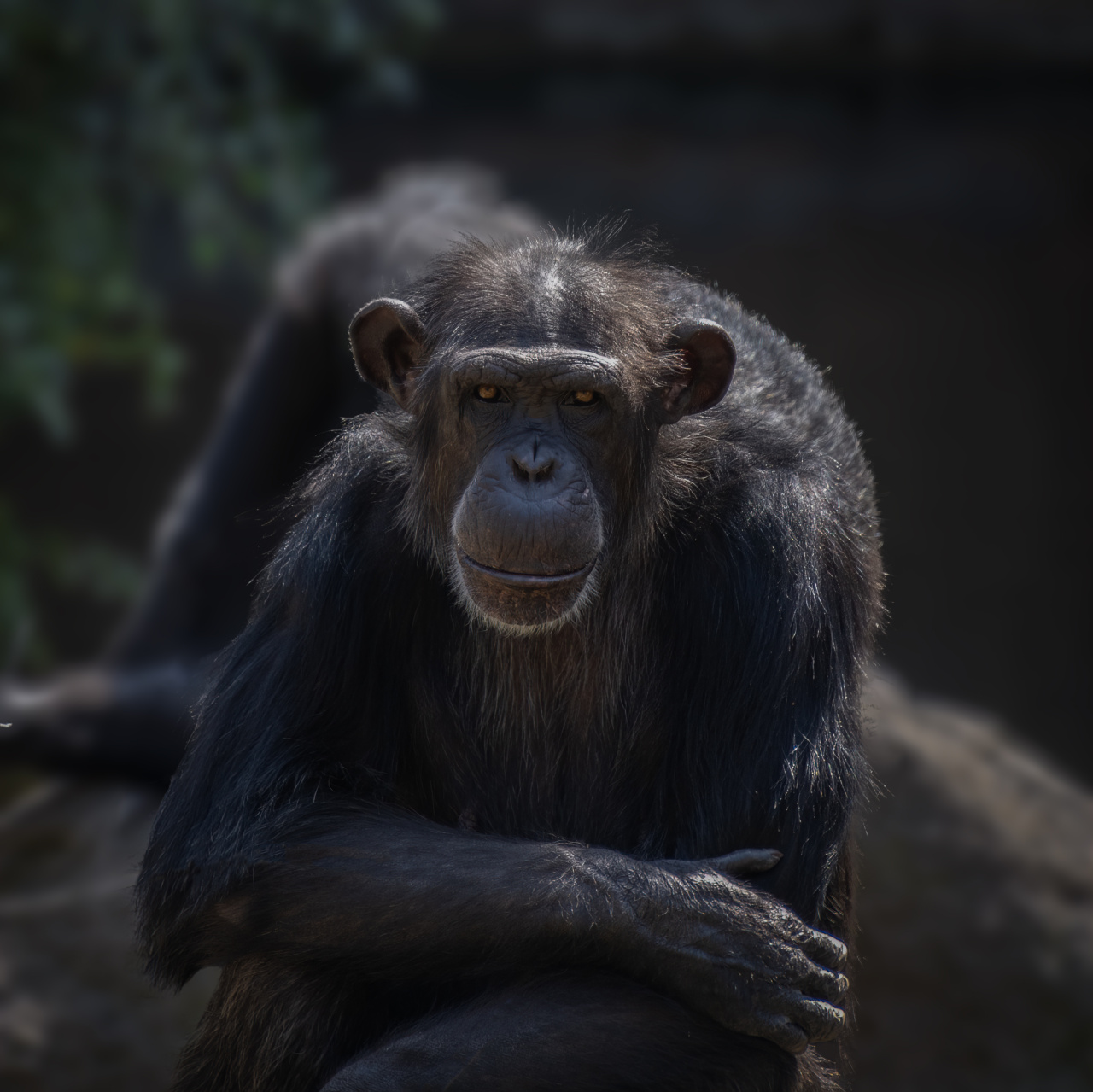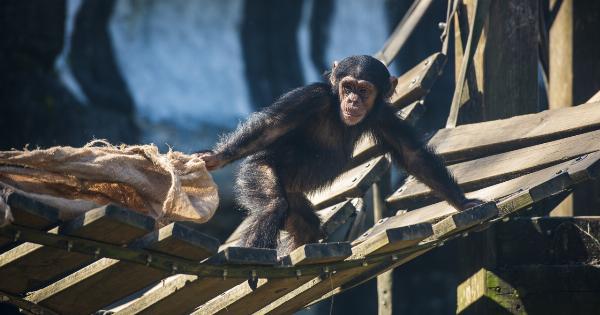As the world continues to evolve, it is crucial to ponder the future and the potential changes that may come with it. One intriguing aspect to consider is the future of ape place of worship.
These sacred sites hold significant cultural and spiritual value for apes, and exploring the possibilities of how they could evolve in the future can provide valuable insights into the changing dynamics of our society. In this article, we will delve into four plausible futures for ape place of worship.
1. Integration with Human Worship Spaces
In this future, humans and apes have achieved a greater level of understanding and harmony. As a result, ape place of worship seamlessly merge with human worship spaces, creating inclusive environments that cater to both species.
These integrated spaces emphasize unity and shared spiritual experiences, allowing apes and humans to connect on a deeper level.
2. Advancement in Ape Place of Worship Architecture
Another possibility is that advancements in ape architecture lead to the creation of awe-inspiring and innovative ape place of worship structures.
As apes become increasingly skilled in design and construction, their places of worship could rival the grandeur of human religious buildings. These architectural marvels would not only serve as places of worship but also as symbols of the apes’ creativity and progress.
3. Technological Integration in Ape Place of Worship
In this future, apes embrace technology as an integral part of their worship experience.
Virtual reality, holographic displays, and other advanced technologies are seamlessly integrated into ape place of worship, enabling apes to immerse themselves in unique spiritual realms. This technological integration enhances their connection with the divine and offers a modern twist on traditional forms of worship.
4. Preservation of Traditional Practices
Despite the possibilities of integration and technological advancements, it is also plausible that ape place of worship will remain rooted in traditional practices.
Apes may choose to preserve their ancient rituals and sacred sites, honoring their cultural heritage and maintaining a sense of continuity amidst a rapidly changing world. These traditional spaces would serve as a vital link to the past, reminding the apes of their history and identity.
Conclusion
Anticipating the future of ape place of worship opens up a realm of possibilities.
Whether it is the integration with human worship spaces, advancements in architecture, technological integration, or the preservation of traditional practices, each future offers unique insights into the evolving relationship between apes and spirituality. Regardless of the path they take, these changes will undoubtedly challenge our perceptions and expand our understanding of the diversity of worship practices in our world.































